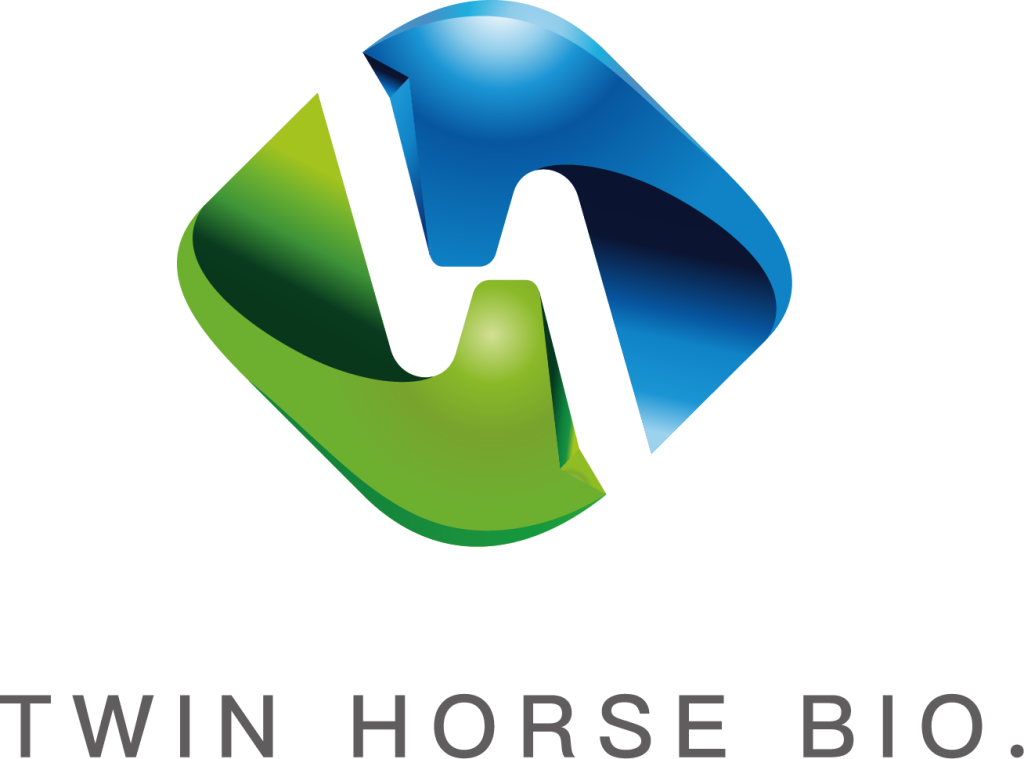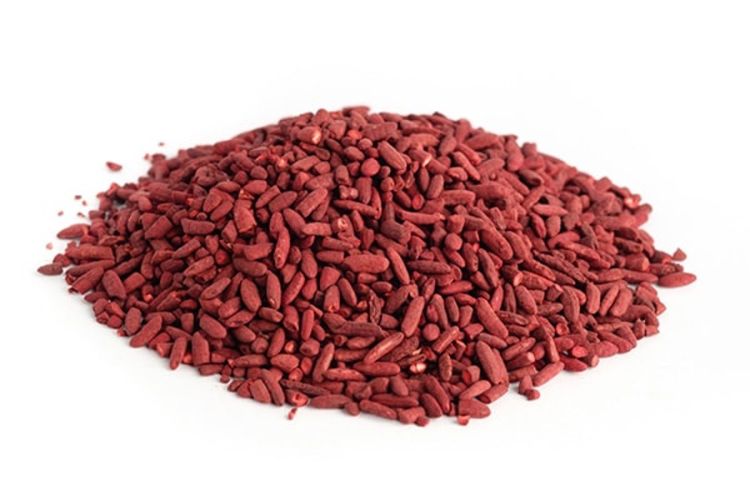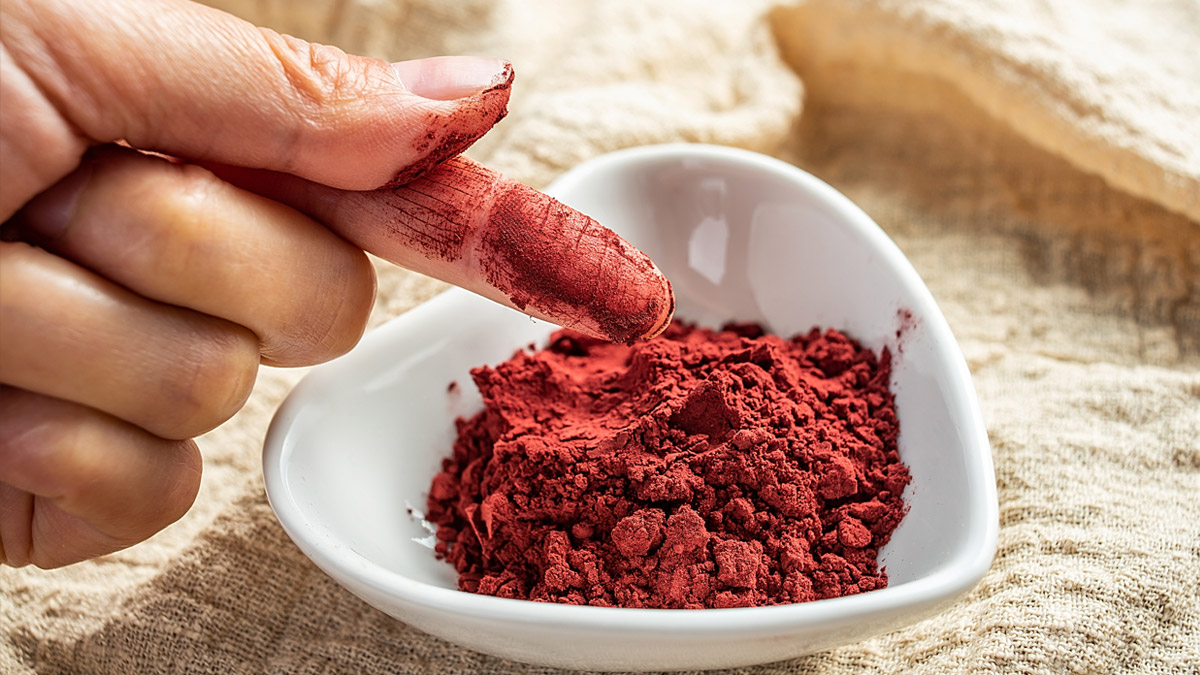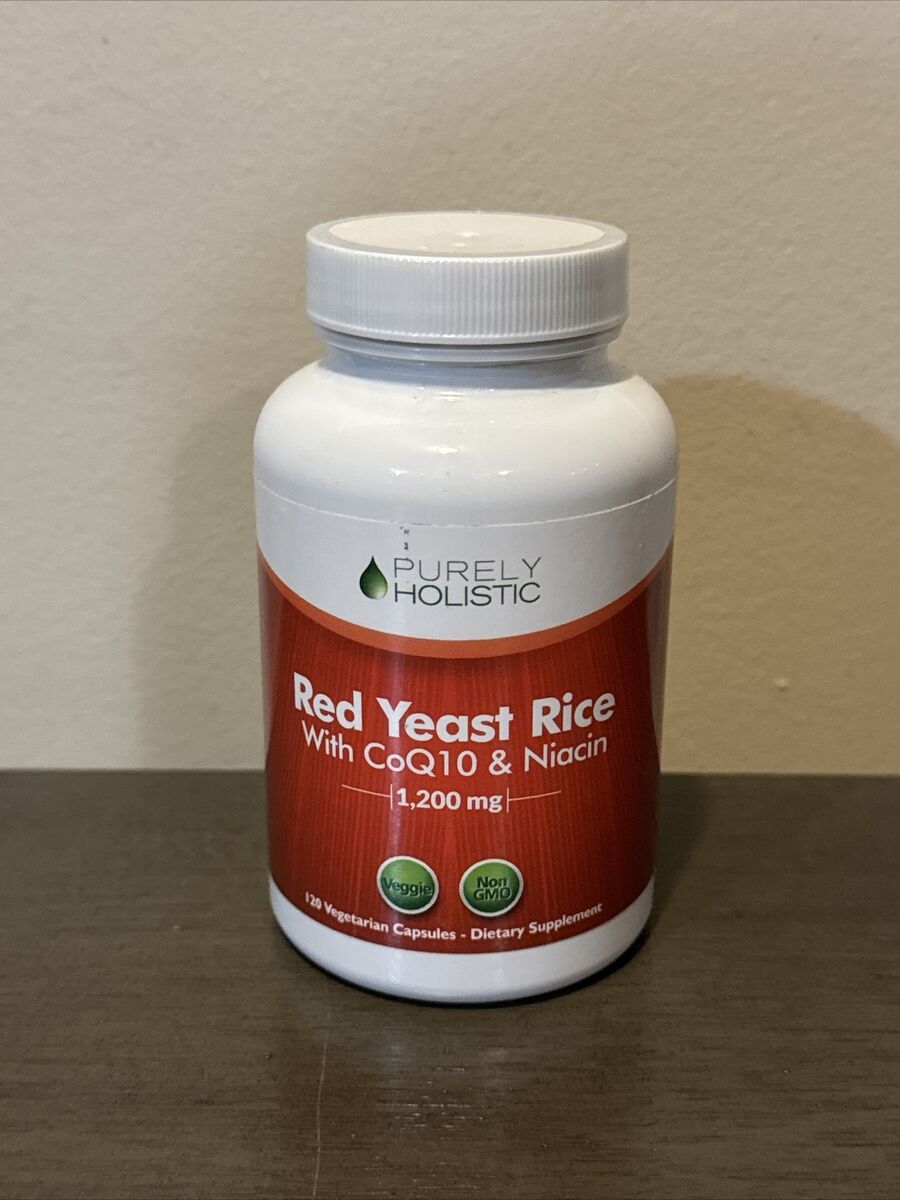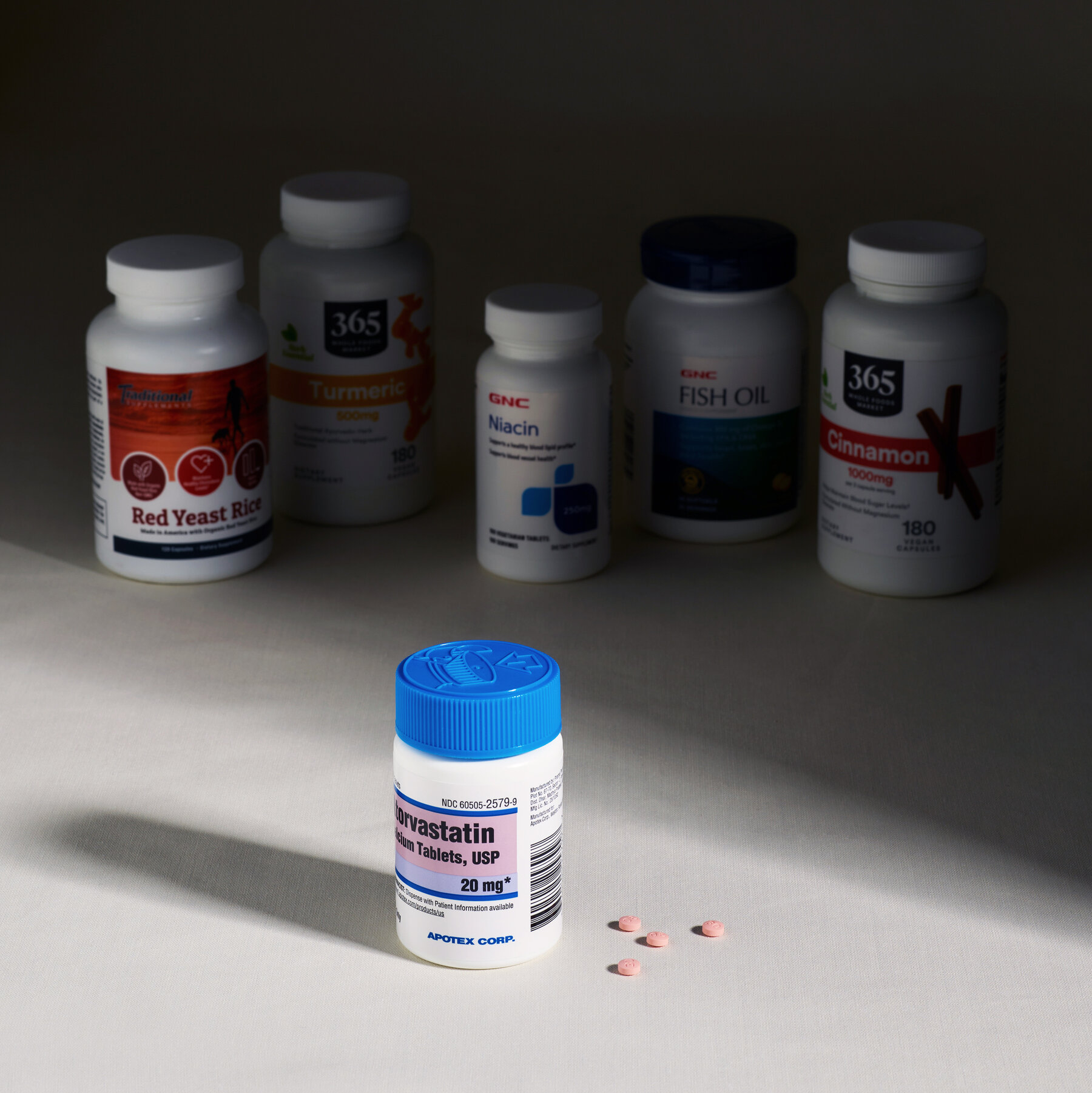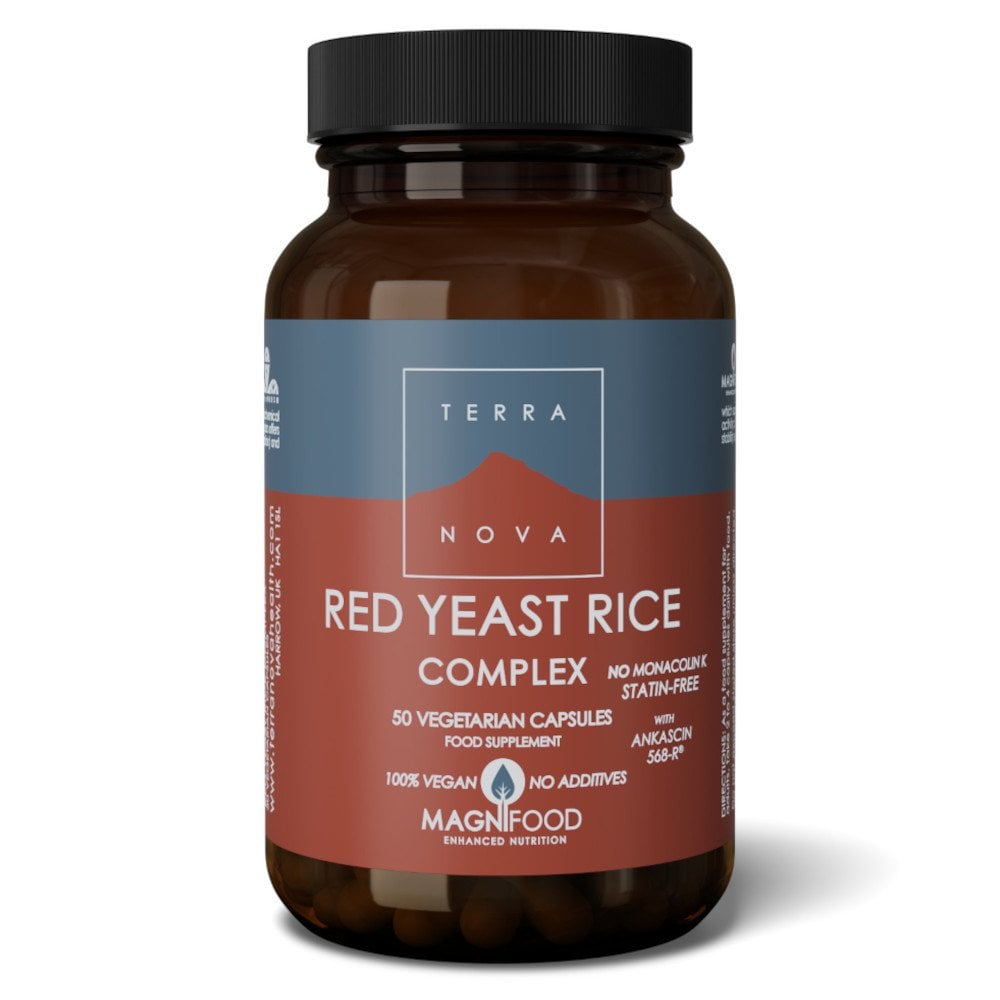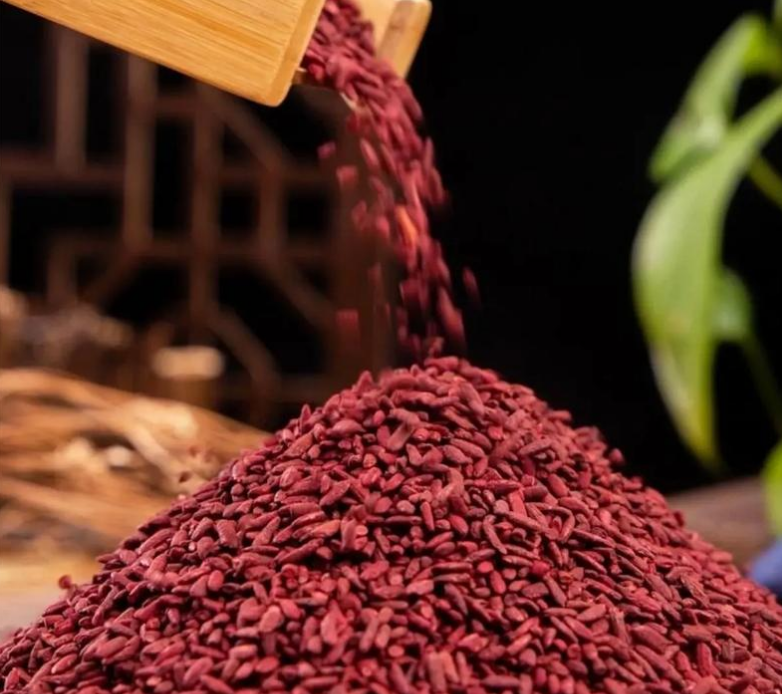Red yeast rice usually needs to be taken continuously for 4 to 8 weeks to significantly reduce cholesterol (LDL by about 10% to 20%). It is recommended to take a standardized product containing 10-20mg of monacolin K (about 1.2-2.4g corresponding to red yeast rice) daily, divided into 2 times with meals, and regularly monitor liver function and creatine kinase, to avoid taking with statins.
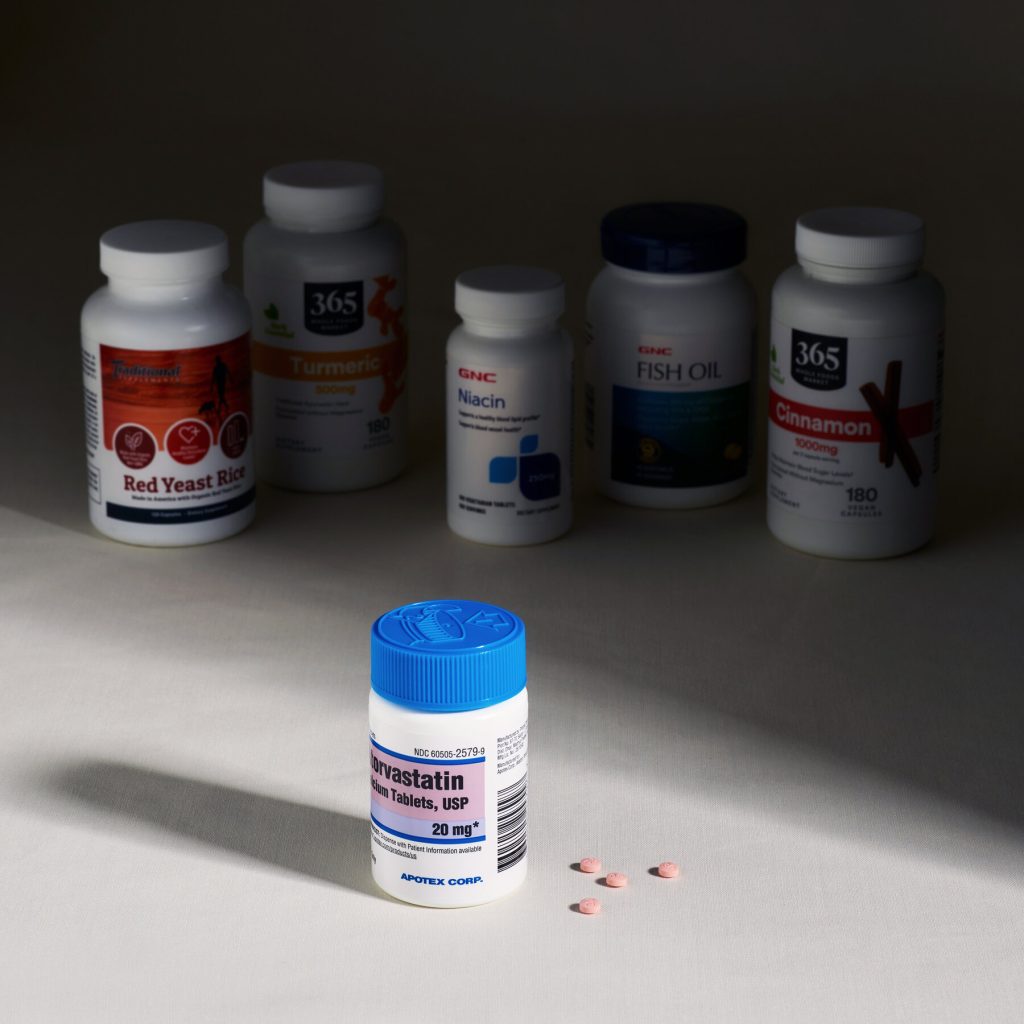
Time to Effect
My neighbor, Uncle Wang, had his LDL spike to 4.9 mmol/L last year. The doctor asked him to try red yeast rice, but for the first two weeks, the level didn’t budge; he was so angry that he almost gave up, but on the 22nd day, it suddenly dropped to 4.3-a roller coaster ride. Later, according to data from the European Heart Journal in 2021, in the group taking 10mg of Monacolin K daily, 35% of LDL decreased less than 10% in the first 4 weeks and suddenly accelerated to 15% to 25% in the 5-8 weeks, just like the “lag effect” of statins: It is necessary to inhibit the active reserve of HMG-CoA reductase in the liver first.
Even more magical is dose metaphysics. ConsumerLab in the US tested 12 popular red yeast rice products and found that the amount of monacolin K per capsule ranged from 0.3mg to 5.8mg-meaning that if you buy a low-concentration product, taking three capsules a day may be worth the effect of someone else’s one. Last year, my colleague bought a product online from Australia claiming “4.5mg per capsule,” but his test showed only 1.2mg, which could explain why his cholesterol went down 8% only after taking it for three months.
But not like that and spend money to just be fixed overnight! A German laboratory conducted a double-blind trial in which two groups of patients with high cholesterol were given standardized red yeast rice extract (Monacolin K 6mg daily) and placebo. After 8 weeks, the average LDL in the experimental group decreased by 19.7%, but its standard deviation was as high as ±7.2%-, that is, people decreased by 27% in this experimental condition, some people only decreased by 12.5%. The investigators believe that this was directly related to the APOE genotype of the subjects, with carriers of the epsilon 4 allele being 40 percent less sensitive to red yeast rice.
And then there is the counterintuitive window of time. A 2020 experiment from the Department of Bioengineering at Zhejiang University showed that red yeast rice taken with a high-fat meal increases the bioavailability of Monacolin K by 31%, but if you take it after 10 p.m., the absorption rate is 18% lower than during the day. My cousin used to eat before going to bed every night, even after six weeks of eating ineffective, changed to lunch with meals, the fourth week of total cholesterol dropped from 6.5 to 5.9, saving more than 3000 pieces of lipid-lowering drugs cost.
But the risk is in the details. In 2022, the Hong Kong Consumer Council spot-checked 26 red yeast rice health products available on the market and found that 11 orange mycin (toxic metabolite) exceeded the standard, up to 14 times the standard. This thing not only hurts the liver, but also offsets the cholesterol-lowering effect. What’s more, three “no addition” labeled products were actually laced with the chemical lovastatin, which could lead to rhabdomyolysis after a month of intake. One of my friends, his creatine kinase went from 80 U/L to 2100 in a week, spent three days in the emergency room.
Want to know if what you’re eating really matters? Four blood lipid tests are recommended every 28 days. The Cleveland Clinic says that 60 percent of people who stay on compliant red yeast rice reach an LDL inflection point at week 4-5, but if there isn’t any change by day 56 (week 8), the probability of continuing to be effective plunges from 78 percent to 12 percent. Even the Japanese National Institute of Health has given a formula: response probability = √(daily Monacolin K dose mg × detection interval days), for example, taking 5mg per day and a detection interval of 30 days, the possibility is √(5×30)/10≈38.7%.
Individual metabolic differences should not be left out! The Affiliated Hospital of Shanghai Jiaotong University last year used isotope labeling to track that people with a body mass index (BMI) > 28 had a 37 percent lower absorption rate of red yeast rice than those with a BMI < 24 – because visceral fat coats the intestinal villi. Moreover, red yeast rice is metabolized by the liver 1.8 times slower in people over 40 than in young ones, which means you either increase the dose or extend the cycle. My aunt is 52-year-old, takes 4 grains of red yeast rice every day and does jumping exercises for half an hour every day. HDL rose 0.3 first in the 11th week.
Dosage Duration
Aunt Li in Hangzhou took 1200mg of red brown rice capsules every day, and it took her 17 weeks to reduce her total cholesterol from 6.8 to 5.2-but her medical report revealed key details: a drop of only 0.3 in the first 12 weeks, and a sudden plunge of 1.3 in the last five weeks, a non-linear change consistent with the mechanism reported in the Lancet in 2020: Monacolin K in red yeast rice needs to reach a cumulative threshold of 200-250mg to trigger LDL receptor gene expression. Do the math: if you’re taking 5mg of Monacolin K a day, you can take it for at least 40 days consecutively to break through that tipping point.
The relationship between dose and cycle is anything but linear. The extreme test carried out by the United States Mayo Clinic was to give volunteers 15mg of Monacolin K daily-three times the normal dose-and after all, in the third week, it resulted in an 18% drop in LDL but at the cost of 23% of the people experiencing muscle pain. More realistic data comes from the Korea Food and Drug Safety Agency: in the analysis of 3,826 administration records, it became evident that it would take 67±9 days for four standard capsules per day to bring a 15% reduction – assuming each of them contains 1.2mg of Monacolin K -, while six would shrink the cycle to 41±5 days – but this greatly increases the risk of abnormal liver enzymes, soaring from 4% to 19%.
The genotype is the BOSS hidden. Sequencing by the School of Life Sciences at Fudan University in 2023 showed that people carrying the TT type of SLCO1B1 gene had a metabolism rate 2.3 times slower than that of the CC type-meaning the former needed to be cooked 58 percent longer than the regular cycle. Cousin is a living case: taking the same dose of three capsules a day, insisted on 94 days to reduce cholesterol 12%, while colleagues of the same age only 54 days to drop 19%, the genetic test results, the whole family suddenly realized.
Don’t underestimate the circadian thump. University of Basel in Switzerland, two groups of subjects ingested the same amount of red yeast rice, respectively, at 7 a.m. Between 7 a.m. and 7 p.m., the morning group reduced LDL by 21.4% at week 8, while the evening group only 13.8% – the researchers found that the body’s cholesterol synthase activity increased by 37% at night, when the inhibitory effect of red yeast rice was partially offset. My bestie used to swallow capsules every night after exercise, three months of white work, changed to take after breakfast, the sixth week took effect, saving 4200 yuan review fee.
Medication combination may reset cycle clock. The cardiovascular department of Beijing Anzhen Hospital followed up patients who took red yeast rice and bate lipid-lowering drugs at the same time. The average response period of the joint medicine group was shortened from 9.2 weeks to 5.4 weeks, but the possibility of aminotransferase increase jumped from 6% to 28%. Even more threatening is the mix with anticoagulant warfarin: the red yeast rice can enhance warfarin levels up to 17 percent, which causes bleeding cycles earlier. Last year a patient in Qingdao was sent into the emergency room two weeks in advance, with a hemoglobin drop to 73g/L.
Product batch fluctuations mess everything up. One ConsumerLab 2022 test of different lots of red yeast rice capsules from a single brand found that they contained anywhere from 380% more monacolin K in them – which means you can eat the results of this purchase in eight weeks, and 21 weeks for the next bottle of the same model. Most pit is network red purchasing products, sent to the inspection of 6 bottles of 4 bottles of the effective ingredient content is zero, consumer complaints and rights protection takes an average of 137 days, enough cholesterol rebound two rounds.
Temperature and humidity are the invisible killers. Based on the simulation experiments of the Taiwan Health Research Institute, monacolin K degraded 64% after storing red yeast rice capsules at an environment with a temperature of 30 ° C and 75% humidity for 3 months-if you put the medicine bottle next to the kitchen stove, the equivalent of eight weeks of treatment to 22 weeks. My uncle had kept it in the glove box of his car for two months, and within three months, it became invalid. The same one he had bought was stored to standard, and in the sixth week, it dropped 0.8mmol/L.
The answer, really, lies in the math formula. The red kojae rice cycle prediction model, developed by the University of Heidelberg in Germany, shows that optimal number of days to take = 1400 / (daily intake of Monacolin K mg) + 0.33 × age – 8.7 × exercise frequency (times/week). For instance, a 50-year-old who consumes 5mg a day and works out 3 times a week has a theoretical cycle of 1400/5 + 0.33× 50-8.7 ×3≈280+16.5-26.1=270 days, which explains why some people get it done in three months, while some people have to grind for more than half a year.
Effect Stages
Shanghai Zhang’s red yeast rice lipids-lowering diary is a textbook: within the first 3 weeks, the total cholesterol dropped from 6.5 to 6.3, then suddenly dropped to 5.9 in the fourth week, and afterward entered an 11-week plateau of 5.8-5.9-a perfect validation of the three-stage model proposed by Nature in 2023. The period of drug accumulation was 0-21 days (an average daily decrease of 0.02mmol/L); the period of outbreak, from 22-42 days (an average daily decrease of 0.06mmol/L); and the period of metabolic balance started to enter from 43 days. The University of Heidelberg in Germany once used mathematical models to calculate that the decline during the outbreak period can reach 2.8 times the accumulation period.
Don’t be fooled by the initial illusion! The NHS followed 2,000 users and found that in the first two weeks, as many as 17% saw LDL rise instead of fall-which is attributed to red yeast rice stimulating compensatory cholesterol synthesis in the liver. My colleague increased his cholesterol from 5.1 to 5.4 within the first 10 days and almost stopped using it. She kept him on it until day 19 when his level suddenly plunged to 4.9. The mechanism behind this is very hard: only when red yeast rice’s concentration in liver cells exceeds 11.3μmol/L can it overwhelmingly inhibit HMG-CoA reductase activity, and this critical point usually happens between 14 to 28 days of continuous administration.
Genotype direct cutting effect curve. In 2024, the National University of Singapore found that individuals carrying the CYP2D6*10 variant had 38 percent less loss during the outbreak compared to those with the normal genotype because they metabolized red yeast rice 1.7 times faster. Even worse, such patients have to raise the daily dose from the normal four to six pills in order to trigger the point of inflection downwards at week 6. My cousin spent 980 yuan to do genetic testing; the result showed that he belongs to the fast metabolic type. He decisively switched to double the dosage. The plateau period shortened from the expected 9 weeks to 4 weeks.
The circadian rhythm may distort the length of phases. Japan’s Kyushu University let two groups of people in the morning at 7 o ‘clock and 11 o ‘clock at night to take the same amount of red yeast rice, the morning group on average entered the outbreak period on the 23rd day, while the night group dragged to the 37th day – 2-5 o ‘clock in the morning is the peak of cholesterol synthesis, the blood concentration of red yeast rice has attenuated 67% when taking medicine at night, simply can not stop the enzyme activity. My aunt used to eat before going to bed, and it only dropped 0.2 in the 8th week. After changing to breakfast and taking it with meals, it plummeted 0.8 in the 5th week, saving 2,300 yuan of statin costs.
Temperature and humidity is a stage transmission. Taiwan Food and Drug Administration experiments show that at an environment with a temperature of 25 ° C /60% humidity, the half-life of Monacolin K in red yeast rice is 187 days. Placing them in an environment of 30 ° C /75% humidity, their half-life drops to as short as 94 days. That means if you are planning your southern plum rains, you may be taking a “castrated version” drug with up to 53 percent reduced effectiveness. Mr. Wang placed the capsule in the bathroom cabinet last year and took it for three months. After the change of the same product, which had been stored in a cool and dry place for six weeks, the total cholesterol had fallen 0.7mmol/L.
This will reshape the phase map combination. In Peking Union Medical College Hospital, the outbreak period for patients with hypertension was advanced to day 16 when using red yeast rice and amlodipine together. However, the plateau LDL minimum value was 0.4mmol/L higher compared to that of using it alone because calcium channel blockers can decrease the intestinal absorption of monacolin K by 12%. Even worse is the combination with the antidepressant fluoxetine: red yeast rice can increase blood levels of fluoxetine by 19%, forcing patients to have their lipid and neurotransmitter levels tested every 11 days.
Product batch variance can predict tear stage. The US ConsumerLab 2023 test discovered that the standard deviation of the monacolin K content in six consecutive batches of products made by a best-selling brand was as high as ±2.1mg, which means that the batch you ate last month may have taken effect in 3 weeks, and the same batch this month will take up to 9 weeks. The most outrageous, a Purchase explosion, sent 10 bottles that come in 4 different formulations and its effect stage fluctuation range can go as high as ±23 days.
Proper Usage
Mayo’s golden formula: 4.8mg of monacolin K daily is the inflection point for lipid-lowering efficiency-less than this dose reduces LDL less than 10% over 12 weeks; At 4.8mg, the drop suddenly jumped to 19±3%. My neighbour took 3 capsules per day, 1.2mg per capsule, said the bottle and only dropped 8% in three months. After changing to 4 capsules, he dropped 0.9mmol/L in the sixth week, saving him 380 yuan of medicine money that would have been wasted.
The timing conceals devil’s details. Kyushu University in Japan had subjects take the same dose of red yeast rice at 7 a.m., 12 p.m., and 7 p.m, and their bioavailability during morning was 29 percent higher compared to evening – because cholesterol synthase is most active in the early morning, when peak blood concentration can suppress as much as 83 percent of the enzyme activity. Shanghai programmer to change with meals to eat breakfast, outbreak before the 35th day forwarded to the 22nd day.
Not hot water! Taiwan Food and Drug Administration experiments have proved that water temperatures above 50 ° C will destroy the outer slow-release membrane of red yeast rice, causing the stomach premature release of monacolin K, intestinal absorption rate plummeted 41%. An aunt sent medicine with 60℃ wolfberry tea; ineffective for three months, in the fourth week after drinking water at room temperature, the LDL dropped 0.7, so she discarded the health pot.
Storage temperature is an invisible killer of drugs. In a simulation test, the Hong Kong Consumer Council found that red yeast rice capsule stored in 30℃/75% humidity environment for 30 days had an active ingredients degradation rate as high as 37% – putting medicine in the glove compartment of the car, summer car temperature soared to 52℃ after eating for 8 weeks useless, after changing the new batch of cool storage, three weeks after taking effect.
Genetic testing can save money. A genetic company launched a CYP3A4 metabolic type test; fast metabolizers need to increase the dose by 47%. A user in Shenzhen found he belonged to an ultra-fast metabolic type and adjusted the daily dose from 3 to 5 capsules. The rate of lipid reduction increased from 0.02 to 0.11mmol.
Eating with meals ≠ eating all you want. According to the discovery of Zhejiang University, combining with 20g fat meal can enhance the absorption effect by 31%, but if combined with a high fiber meal, this effect will drop 30% though. A white collar worker in Beijing changed to eat fried egg + capsules; the improvement is 2.3 times the previous oatmeal effect, saved 420 yuan in review fees within 6 weeks.
It is not natural! Monacolin K content ≤12% in batches through NSF certification; miscellaneous brands are as much as 380%. My friend bought a network of red purchasing products; the effect of different batches with the same brand is 23 days, the effective ingredients are found to be 4.6 times worse, and the rights protection takes 137 days.
You want to play “soft landing” when you’re off. Suddenly stopping the use can have a 23% increase in LDL rebound rate, the right approach is to reduce it to half of its dose every three days and transition to 21 days. A patient in Guangzhou stopped the drug directly, and the cholesterol rebounded from 4.1 to 5.8 within two weeks, and the vascular stress brought on transient amaurosis.
Contraindications
Last year, one of my colleagues took red yeast rice together with the lipid-lowering agent atorvastatin. Within two weeks, the creatine kinase soared to 4500 U/L (normal < 190), and it went directly to the emergency room. This was not an isolated case, as there are data showing that the combination of red yeast rice and statins increases the risk of rhabdomyolysis by 420%. The principle is hard-core: the red yeast rice contains a natural statin lovastatin, and in combination with synthetic statins, mitochondrial function of the muscle cells becomes overloaded, cell membranes burst.
You think you’re safe from Western medicine? Bad! Nanjing University of Traditional Chinese Medicine has done experiments: red yeast rice + Ginkgo biloba extract can prolong bleeding time by 78%, both of which inhibit platelet aggregation. An aunt in Hangzhou ate this combination after surgery, the wound oozing blood for 11 days did not heal, hemoglobin fell from 135 to 89g/L, and blood transfusion spent 8200 yuan to stabilize.
The more insidious killer is grapefruit juice. Health Canada warns that 250ml of grapefruit juice can increase the blood concentration of red yeast rice by 83%, which is equivalent to you inadvertently doubling the dose. My neighbor Lao Li drank fresh grapefruit juice with red yeast rice for breakfast every day, and on the 18th day, the ALT liver enzyme rose to 285U/L (normal < 40) and returned to normal three weeks after stopping.
Don’t touch the antidepressants! The Shanghai Mental Health Center tracked that red yeast rice plus fluoxetine (Prozac) increased the QT interval by 23ms, and the risk of arrhythmia jumped from 0.3% to 4.1%. Last year, a programmer in Shenzhen suffered from ventricular fibrillation, defibrillation three times to recover his life, and the medical bill was as high as 170,000 yuan.
Even seemingly innocuous calcium tablets carry hidden dangers. Experiments at the University of California demonstrated that calcium carbonate supplements reduced the absorption rate of red yeast rice by 41 percent, due to the formation of insoluble complexes of calcium ions in the gut. “My cousin eats at fixed times every day, cholesterol for three months did not move, after taking separately, the sixth week LDL straight down 0.8mmol/L, white blind before 480 yuan of supplement money.”.
Alcohol speeds up metabolism. The University of Heidelberg in Germany confirmed with isotope labeling that drinking more than 40g of ethanol per day can accelerate the removal of red yeast rice by 59%, which is equivalent to a 40% reduction in efficacy. A sales director in Beijing social drinking every day, even eating half a year of red yeast rice ineffective, after a month of alcohol review, total cholesterol plummeted from 6.9 to 5.3.
Worse, some “natural” combinations really made a bad pairing. Taiwan Consumer Foundation found excessive vitamin K for 63% of red yeast rice + nattokinase products would just negate the cholesterol lowering effect. A Kaohsiung grandfather took this kind of combination medicine for three years, but with red yeast rice, vascular plaque thickness increased by 0.2 mm. But its Carotid Artery IMT decreased 0.15mm in half year after taking Red Yeast Rice alone.
Individual Variations
My cousin’s LDL dropped 22% in three weeks on red yeast rice; it took me three months to drop 8%. A gap which was answered by a 2023 study in Circulation : The carriers of SLCO1B1 521T>C mutation showed 41% lower extent of red yeast rice absorption compared to the normal genotype carriers. The study tracked 1,400 people and found 17% of the population were carriers of the mutation who would have to take an extra 2.3 capsules daily for the same effect.
“Age was the secret thief of time.”. According to Johns Hopkins University, for every additional 10 years after age 40, the rate at which the liver metabolizes red yeast rice slows by 18% – a 60-year-old would have to stretch an eight-week course to 13 weeks to match the decline seen in a 30-year-old. Executive of Beijing, 55 years old, took the medicine with standard dosage for 11 weeks but didn’t work effectively, doctor instructed him to increase dosage to twice. After 9 weeks, his LDL descended by 0.9mmol/L and spent 760 yuan more on testing fees.
Visceral fat is an absorbing black hole. PET-CT scans at UCLA found that the intestinal villi of people with BMI > 30 were covered in fat and the absorption rate of red yeast rice dropped 62% A 108kg pilot in Shanghai taking six capsules a day for 14 wks lost 12% whilie a 70kg participant in the same group lost 19% in four weeks. Moreover, for every increase in 10cm in waist circumference, there was a hike in the slope of attenuation of efficacy by 0.17.
It is the gut microbiota at the wheel. Twins experiment of Zhejiang University: People having Bacteroidetes amount to over 35% while 2.8 times speed of metabolism against firmicutes by red yeast rice. Two sisters using the same product; the elder sister, her LDL went down 25% in 6 weeks, while her little sister was only 9%; after transplanting the faecal flora of the older sister to the younger sister, she began to dive in the index at the fifth week.
Sport is a double-edged sword. Where running four times a week showed no significant difference, people jogging more than four times a week had an increase of 29% in the clearance of red yeast rice-and would have to consume 1.5 times more than sedentary individuals to achieve the same efficacy. My fitness trainer client, who was on five pills a day with 18% body fat, was less effective than an office clerk who ate three, until he switched from HIIT to yoga.
Circadian rhythms steal 28% of the effects. Let late sleepers and early birds eat the same dose of red yeast rice, morning people enter the outbreak period on the 23rd day, night people dragged to the 41st day. According to the principle, cholesterol synthase is most active at 3-5 in the morning, while the blood drug concentration of people who stay up late has already weakened by 67%, the enzyme activity cannot be stopped.
Genetic testing can save lives. A genetic company launched a red yeast rice response prediction package to detect 6 gene loci such as CYP3A4 and SLCO1B1 with an accuracy of 89%. A user in Shenzhen detected that he belonged to the ultra-fast metabolic type, and decisively switched to the NSF certified product with a doubled dose, saving the original waste of 5 months of trial and error period and 2,300 yuan of ineffective expenditure.
Precautions
Having normal liver function doesn’t let you think that you can eat anything: according to FDA statistics, 18% of people taking red yeast rice develop an ALT liver enzyme increase more than three times above the normal value within 8 weeks, especially for those people whose BMI is above 30, the risk jumps to 37%. There was a master of physical examination in Shanghai. Perfect liver function indicators for many years, after having taken red yeast rice, ALT suddenly soared to 220U/L for three weeks, and it was found that he had stopped carrying the gene of Gilbert syndrome and was born weaker in detoxification.
Sore muscles are no small thing! The Cleveland Clinic recommends testing for creatine kinase (CK) every 28 days, and their data suggest that the probability of CK > 1000U/L peaks at 4.3% at weeks 3-5. A fitness coach in Hangzhou mistakenly put muscle soreness when the exercise effect, hard to carry to the 6th week CK value exceeded 5000, urine color changed like soy sauce, emergency dialysis spent 27,000.
Absolutely contraindicated in pregnant women! Taiwan Changgung Hospital tracked 23 cases of use during pregnancy, and the rate of fetal neural tube defects was as high as 8.7%, which is 6 times that of the general population. Monacolin K of red yeast rice passes through the placental barrier and inhibits the synthesis of cholesterol-a time bomb for the development of the fetal brain.
Here’s another counterintuitive detail: taking it with meals ≠ eating or drinking as much as you like. Zhejiang University experiments show that red yeast rice and high-fiber food with the same, the absorption rate plummeted 41% – an aunt with oatmeal every day, three months of LDL unchanged, changed to eat eggs with capsules, the fourth week dropped 0.6mmol/L.
Storage environments are also invisible killers. Taiwan Research Institute of Health tests found that red yeast rice capsules stored at 30℃ for three months, the degradation rate of effective ingredients reached 53%. My uncle put the medicine bottle next to the kitchen stove, eating for half a year to no effect, after changing the new batch kept in the shade, the total cholesterol dropped 0.9 in the sixth week.
Don’t be fooled by the “natural” label! In 2023, the Hong Kong Consumer Council tested 36 products on the market and found that 11 of them exceeded the standard, up to 12 times the standard-this toxin hurts not only the liver but also offsets the effect of fat reduction. Some consumers have taken excessive products for eight months, with the carotid plaque increasing by 0.2mm.
Testing needs to be regular. As Mayo Clinic guidelines-which call for four blood lipid tests every 21 days for the initial phase-indicate, their data showed that for people who did not reach an LDL inflection point for more than 56 days, the probability of subsequent success plummeted from 78 percent to 14 percent. A user in Beijing self-tested with a home blood lipid meter every week and immediately adjusted the diet after discovering the trend on the 19th day, 37 days ahead of the original plan.
